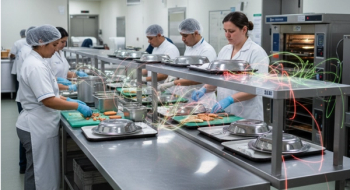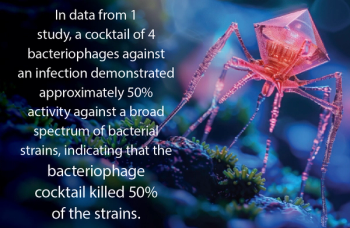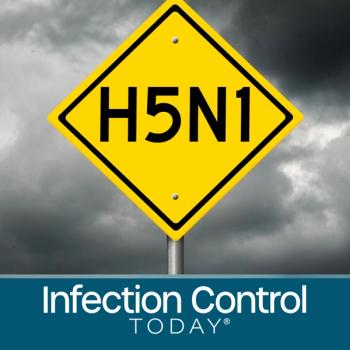
Poll Shows Increased Efforts by Hospitals to Control MRSA Infections
Denver – More than three out of four (76 percent) infection prevention and control professionals (ICPs) polled indicated they have implemented additional measures to prevent the transmission of methicillin-resistant Staphylococcus aureus (MRSA) in the last year, but 54 percent said their institutions are not doing as much as they could and should be doing to prevent the spread of this virulent pathogen, according to an online survey conducted by the Association for Professionals in Infection Control and Epidemiology (APIC).
MRSA is a type of bacteria that causes serious infections and is resistant to powerful antibiotics, including methicillin. APIC’s 2007 MRSA prevalence study found rates to be eight times greater than previously estimated. The “Pace of Progress” poll was conducted among APIC members April 25, 2008 to May 15, 2008 to determine if news about the escalating rates of MRSA has led to increased efforts by healthcare institutions to combat the spread of this organism in the one year since the prevalence study results were released.
“We are very encouraged that our members have been empowered to implement additional infection prevention measures within their institutions,” said Kathy Warye, CEO of APIC. “This poll indicates that many institutions are moving in the right direction.”
According to the May 2008 APIC Pace of Progress poll, institutions that have adopted new interventions are using a group of approaches to prevent the transmission of MRSA, including staff education, more aggressive hand hygiene programs, stricter use of contact precautions (gloves, gowns, etc.) for patients who test positive for MRSA, more emphasis on housekeeping and equipment cleaning and decontamination practices, targeted patient screening, maintaining a tracking system to flag patients previously identified as having MRSA, patient/client education, better HAI surveillance technology, additional staff or an increase in hours dedicated to infection control, and universal patient screening.
“It’s good news that healthcare providers are adopting a multi-faceted approach,” said APIC’s 2008 president Janet E. Frain, RN, CIC, CPHQ, CPHRM, director of integrated services at Sutter Medical Center in Sacramento, Calif. “This is what we have seen works, and it matches the guidance that we offer in our MRSA elimination guide for hospitals. We are also heartened to see that of those who adopted new measures to combat MRSA, 17 percent were able to add staff and 21 percent added better HAI surveillance technology. But we need to see this upward trend continue if we are to better protect patients from healthcare-associated infections.”
Of those who believe their facility could and should be doing more to control the spread of MRSA, two of the top items on their wish list include additional staff and HAI surveillance technology. Other top choices include more aggressive hand hygiene programs and greater compliance with housekeeping/equipment cleaning and decontamination practices. APIC guidelines for the elimination of MRSA transmission include a risk assessment to identify high-risk areas for MRSA within the hospital; surveillance program to outline activities and procedures to identify MRSA cases; adherence to CDC hand hygiene guidelines; use of contact precautions
(e.g., gloves, gowns and separating MRSA patients from other patients); environmental and equipment cleaning and decontamination, especially items that are close to patients such as bedrails and bedside equipment, and targeted testing of high-risk groups.
“We are concerned that there are still some facilities that lack resources and commitment across the institution,” said Warye. “With the increasing groundswell of hospitals supporting MRSA prevention programs, those facilities continuing to ignore the problem will be in an uncomfortable spotlight. As organisms such as MRSA develop increased antibiotic resistance, it is imperative that all of our nation’s healthcare professionals, from the executive suite to the bed side, embrace the concept of prevention. Reducing these infections saves lives and improves the bottom line. We invite our nation’s healthcare leaders to join with us in our Targeting Zero initiatives designed to bring healthcare-associated infections to an irreducible minimum.”
APIC’s nearly 12,000 members were asked to complete a five-question online survey designed to determine if additional MRSA interventions have been adopted since the release of APIC’s National MRSA Prevalence Study in June 2007. A total of 2,041 responses were received, representing a 17 percent response rate.
Source: APIC
Newsletter
Stay prepared and protected with Infection Control Today's newsletter, delivering essential updates, best practices, and expert insights for infection preventionists.






